On 8 May 1945, the Germans surrendered unconditionally thus ending the war in Europe. This day became known as “Victory in Europe Day” or simply, “VE Day” (Russia, Belarus, Serbia, and Israel celebrate VE Day on 9 May). So, the war was over, and everyone went home to promptly forget the nightmare of the past six years. Right? Well, not everyone.
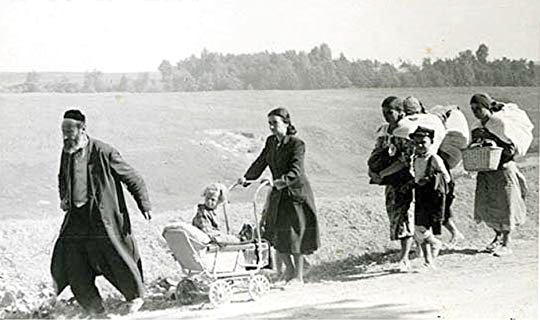
When major conflicts end (e.g., the American Civil War), the tendency is for the participants to return to their previous lives and take up where they had left off. It was normal for them to “forget” about the tragic experiences of whatever conflict they had been involved in. Most of us know about the men and women returning from the Pacific and European theaters after the end of World War II. They were our parents, grandparents, or other relatives and most of them never spoke about their experiences ever again ⏤ all they wanted to do was get an education, marry, and go on with their lives.
Well, not everyone could go home or forget.
Did You Know?
Did you know that in France, there is no official state “Victory in Europe Day” or even a Liberation Day? Officially, they call it Victoire 1945. Unlike other European countries which were liberated on a single day (e.g., Netherlands on 5 May 1945), France was liberated town-by-town. So, each town or city would likely celebrate its own Liberation Day corresponding to the date it was liberated.
The utter devastation in Europe (the Pacific Theater was no different) at the end of the war meant that tens of millions of people were displaced, facing extreme hunger, and likely looking for shelter and their relatives. These people, both German as well as the former oppressed, could not go home and forget about the war. For these unfortunate people, the aftermath of World War II horrors continued for years. It is a story that has never received much attention and so, we all believe the war ended on 8 May and that was that.
The War’s Toll
Nearly forty million people died during World War II. More than half were non-combatant fatalities. Six million Jews were exterminated. Soviet deaths ⏤ military and civilian ⏤ are estimated to be between twenty-five and twenty-seven million. American deaths in the combined war theaters totaled around 420,000.
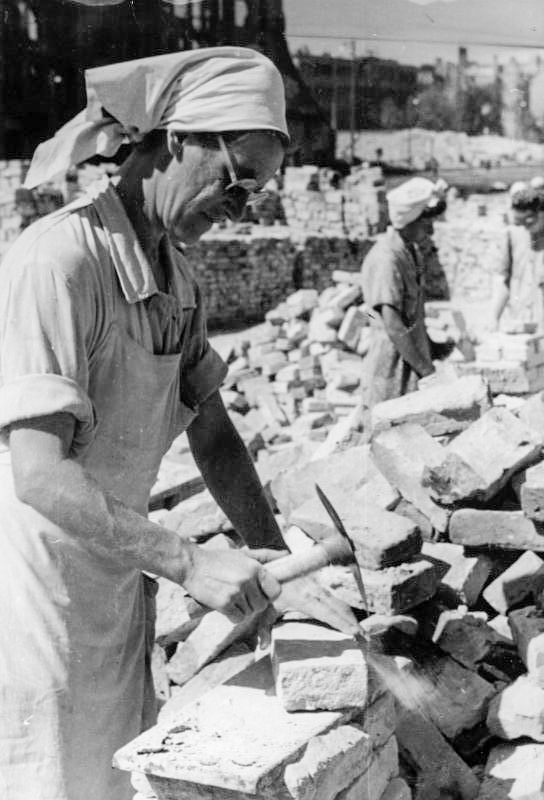
What we call “collateral damage” today was huge. Food sources were cut in half and wouldn’t recover for years. Sixty percent of Yugoslavia’s roads were destroyed while the Netherlands lost the same percentage of its road, rail, and canal transport systems. Poland lost a third of its rail tracks and one-fifth of its roads while eighty-five percent of its rolling stock (i.e., trains) was destroyed. One fifth of all German living spaces were uninhabitable leaving twenty million of the country’s civilians homeless. The Soviet Union suffered the worse. Some seventy thousand villages, two thousand towns, and numerous cities were completely leveled. Thirty-two thousand factories were destroyed while forty thousand miles of rail track was decimated. Around twenty-five million Soviet citizens were without shelter.
Homeless
Millions of people were left homeless after the war. After returning to their cities, towns, and villages, they found utter destruction with nothing left. Adding to their misery, food was scarce and near starvation became a way of life. Families had been torn apart. It was thought that half of the European population was in transit at the end of the war.
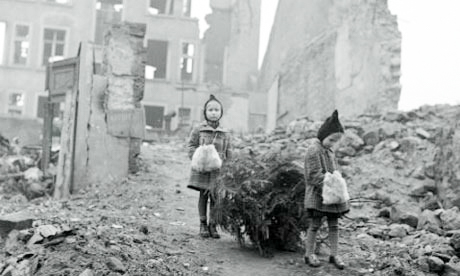
Also returning home were the surviving victims of the Nazi concentration, extermination, and forced labor camps. Approximately two thousand French soldiers were captured during the Battle of France in 1940 and now, the POWs were released to find their way back to France. Everyone shared three things in common: finding shelter, food, and trying to locate their families.
Refugee camps were initially established by nationality. “Displaced persons,” including Jewish survivors, were placed in these camps but it became apparent very quickly that former inmates were being housed with their former torturers. It was not until the fall of 1945 that President Truman ordered General Eisenhower to create separate facilities for the Jews and increase their rations. A concerted effort was made to identify the leaders in the refugee camps who, as General Patton stated, looked at Jews as “lower than animals.” These segregated camps remained open for three to five years because countries would not offer asylum to the survivors.
Épuration
I’ve discussed in previous blogs about the Épuration or, the Purge which occurred after both the French Revolution at the end of the 18th-century and the liberation of Paris and France in 1944. It was a time of revenge for those who suffered under oppressive and murderous regimes. After VE Day, revenge began quickly and spread throughout Europe, especially in the eastern European countries. The revenge was primarily aimed at German citizens and ethnic collaborators. However, others were quickly caught up in the acts of retribution. Read the The Épuration: World War II French Revenge blog here. Watch a movie clip about WWII Collaboration and Retribution here.
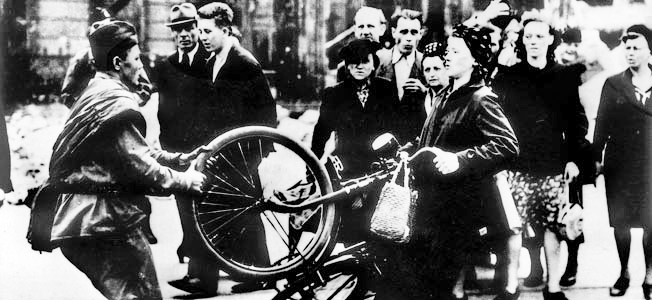
Retaliation against Germans living in eastern Europe was swift. They were expelled from countries such as Czechoslovakia and put on trains headed back to Germany. In some instances, they were taken off the trains, lined up, and shot. During the summer of 1945, almost 40,000 German speaking civilians were murdered in Czechoslovakia. Once the Soviets moved into these countries, they deported the Germans to labor camps to work in factories.
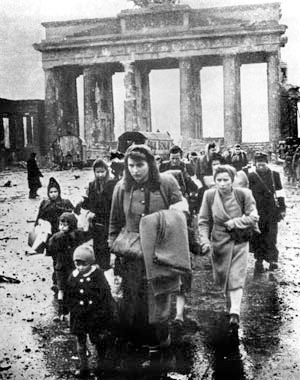
One of the well-known but never discussed aftermaths was the wholesale raping of German women and girls. Although the Russians were the predominant perpetrator of these crimes, other Allied countries have been implicated. The Russians were especially brutal in this regard as they marched east in their quest to take Berlin. Entering Berlin during the last week of April 1945, the rape of a German female was not only condoned, it was encouraged. The Soviets saw it as revenge for what they considered the Germans had done to Russian women during the invasion years. Multiple rapes led to many deaths as well as German mothers killing their daughters and then committing suicide so as not to be subjected to rape and its indignity. After the war, this behavior was never discussed as the Soviets attempted to portray themselves as liberators and the fact that these crimes occurred primarily in soon-to-be Soviet satellite countries where the facts could easily be hidden. Watch a film clip on the atrocities here.
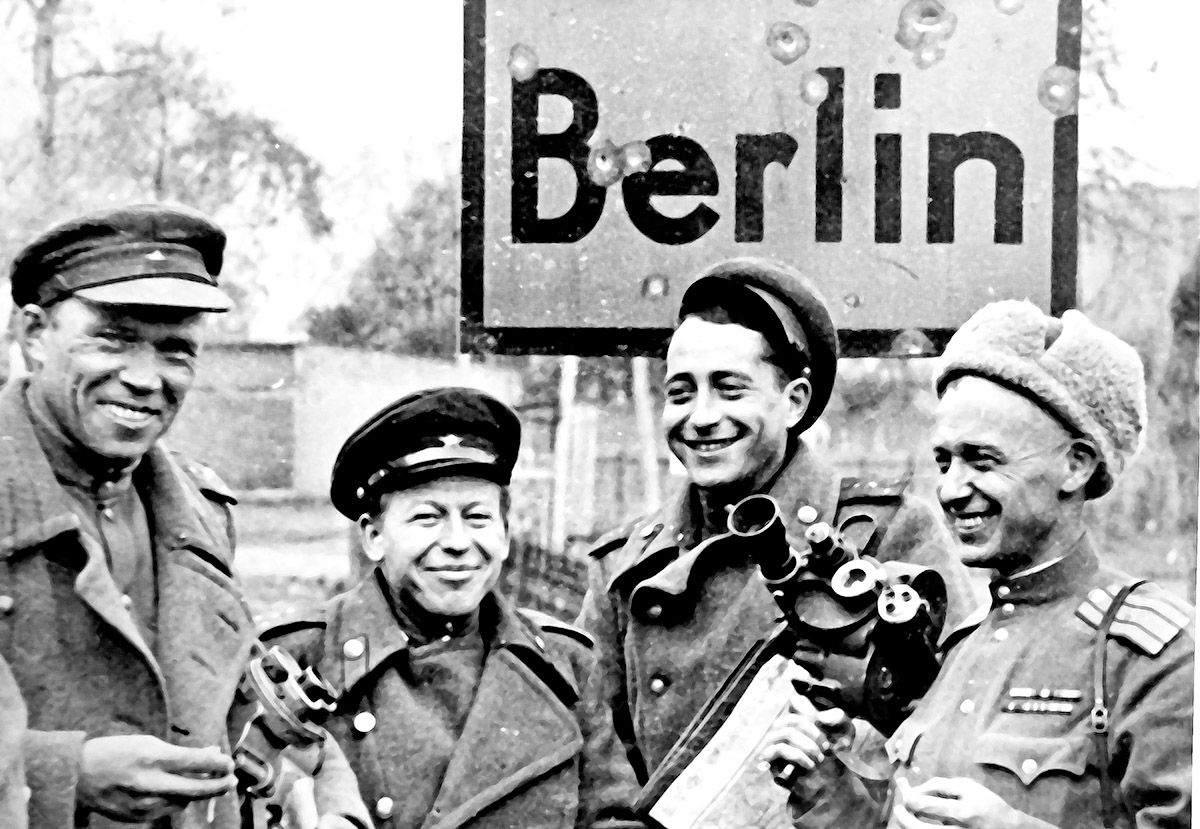
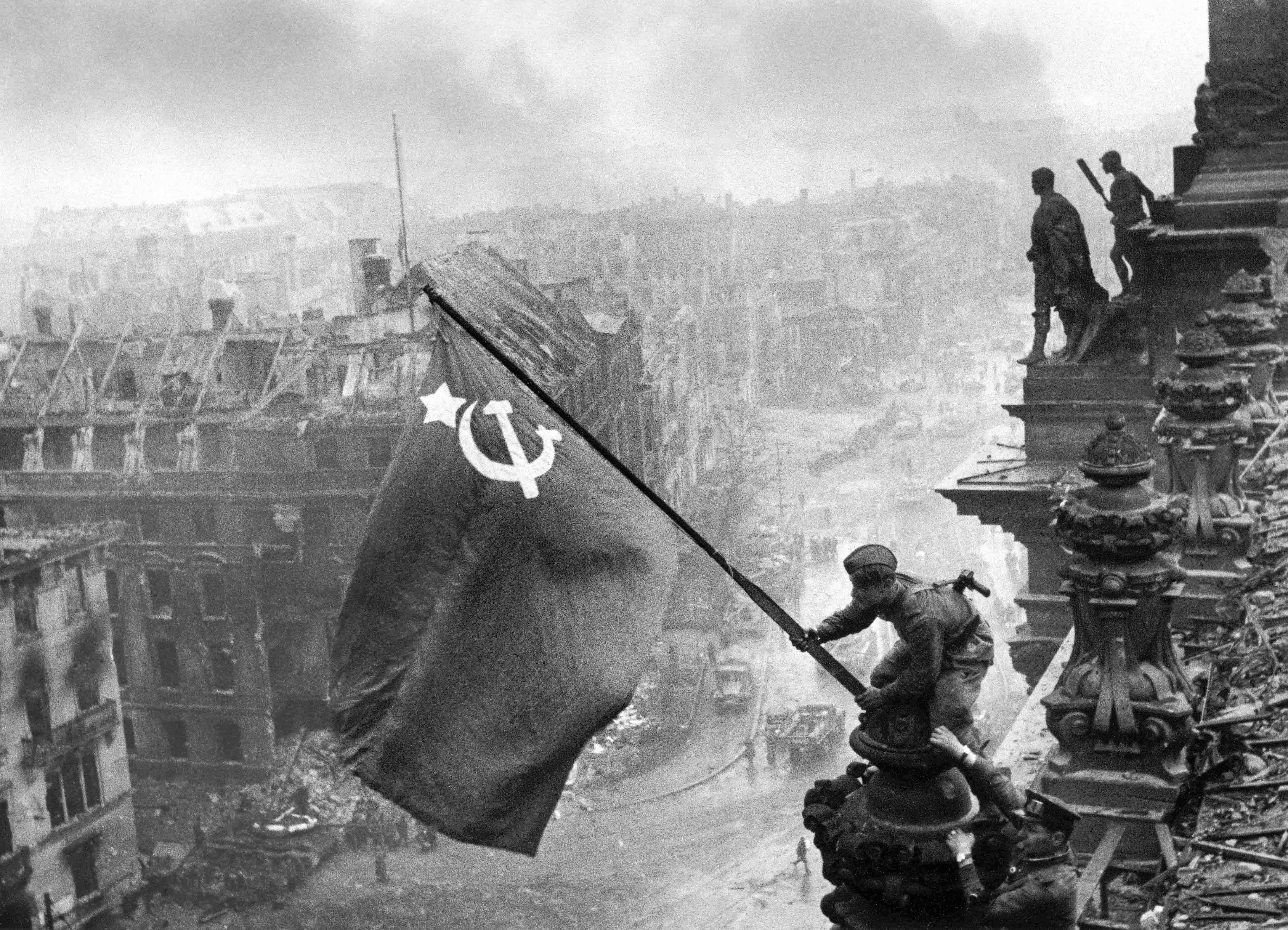
In France, as in many of the other liberated countries, acts of revenge were swift and often deadly. The target of the “purges” were the collaborators, either real or imagined. The spectrum of vengeance ranged from shunning and later, being declared “national degradation,” or losing one’s civil rights all the way to execution, either legally or not. Collaborators punished after the Liberation included women suspected of being “horizontal collaborators,” people seen as “war profiteers” (i.e., black market), members of the Waffen-SS, the Milice, and anyone else deemed as working with the Nazis including Vichy government officials.
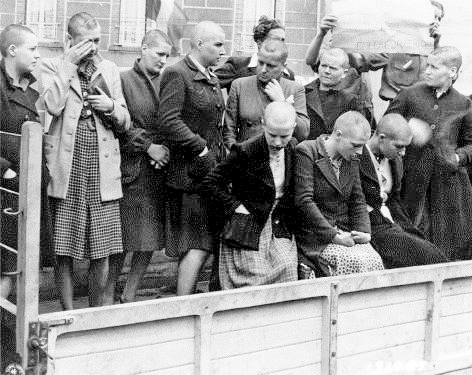
Watch a film clip on retribution here.
Ethnic Violence
Some of the worst violence was seen in countries where citizens were divided by ethnicity and they turned on one another. A very good example of this was Yugoslavia where the Nazis had installed a puppet government run by Croatian ultra-nationalists. The Ustaše regime was particularly brutal (even the Nazis condemned many of their tactics). Most of their murderous activities were aimed at the ethnic Serb population. So, after the war, the Ustaše/Croatians were hunted down and killed by the Serbs (in one region alone, 60,000 Croatian nationalists were killed). This is just one example of how the immediate aftermath of the war and the opening of a Pandora Box have left lasting imprints on recent and ongoing ethnic conflicts. Read the Odessa: Myth or Truth blog here.
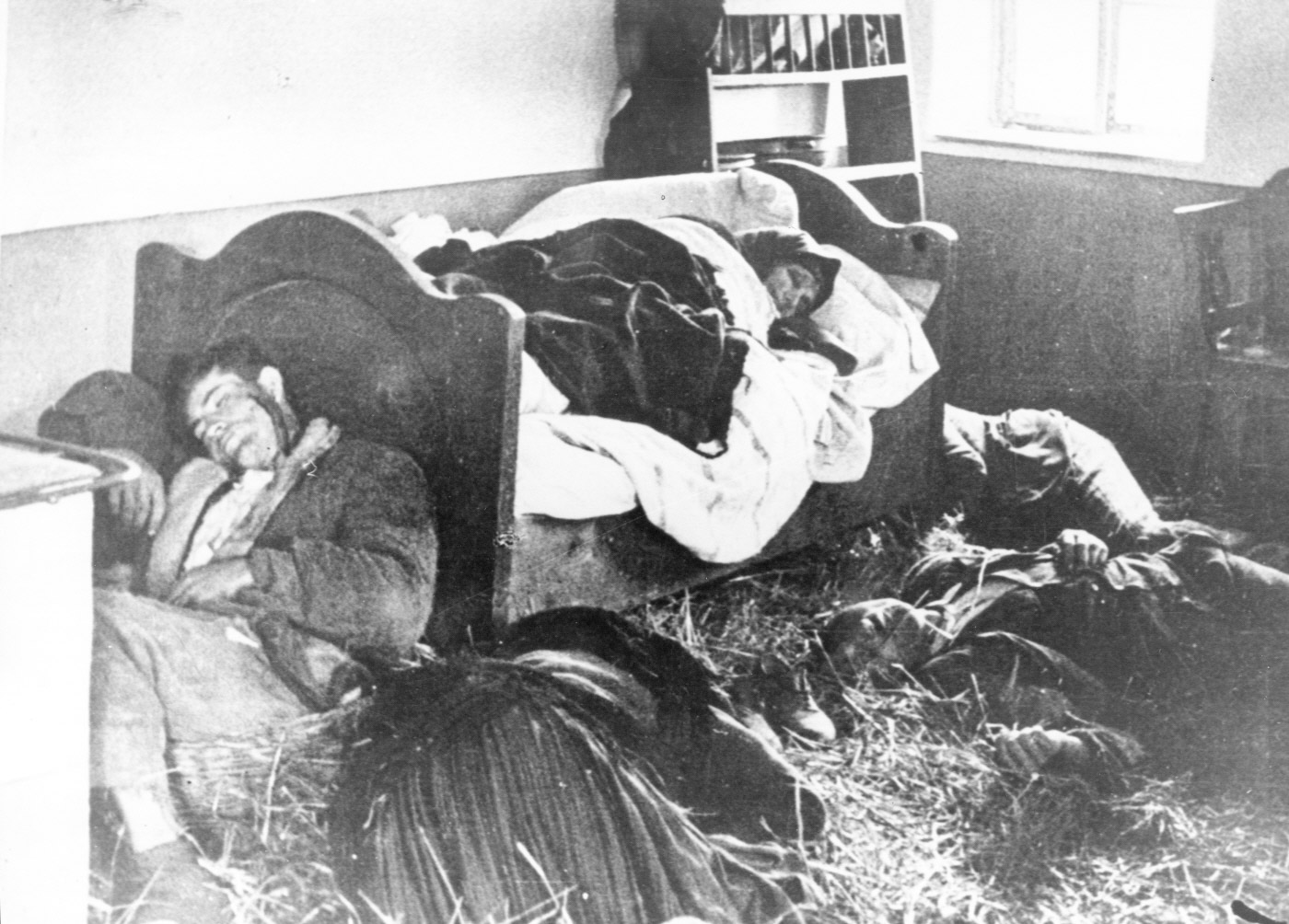
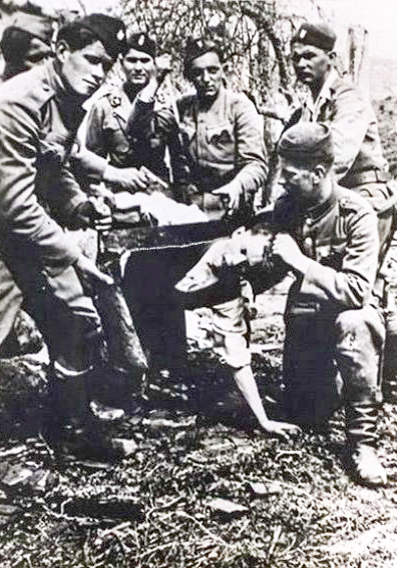
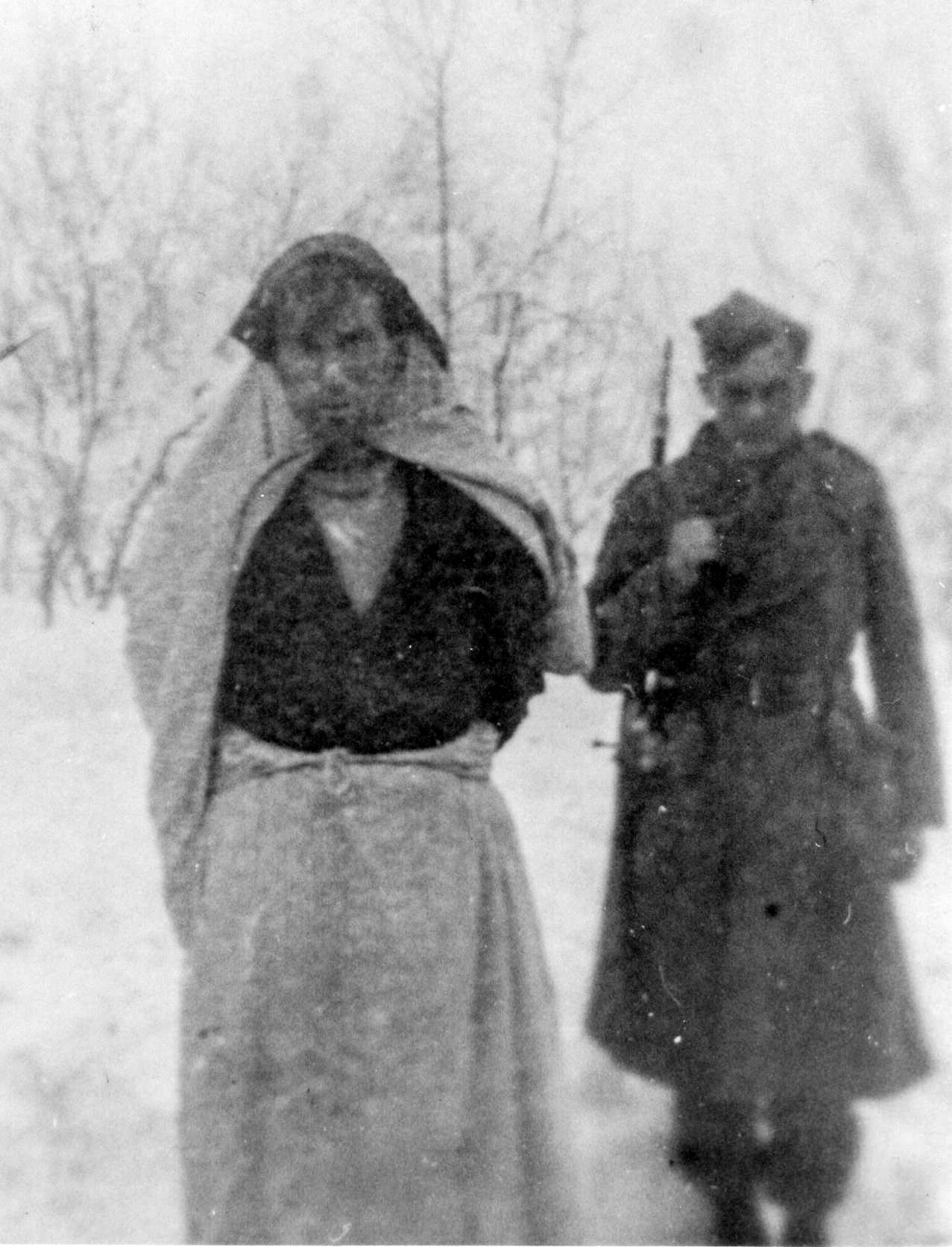
The small town of Bedford, Virginia (population 3,200) saw thirty-four of its young men in A Company, 116th Infantry Regiment, 29th Infantry Division storm the Normandy beaches on 6 June 1944. Nineteen of those Bedford young men perished that day ⏤ two of them were brothers, Raymond and Bedford Hoback. Their mother, Lucille Hoback, never recovered from the loss of her two boys. Even during the days while she was dying, Lucille would wake up screaming, “Where are my boys?”
Although the Allies ended their conflict with the Germans on 8 May 1945, fighting, dying, and trying to survive continued on for many years. For many, including Mrs. Hoback, World War II and its horrors never ended during their lifetime.
Recommended Reading and Viewing
Beevor, Antony. The Fall of Berlin 1945. New York: Penguin Books, 2002.
Hall, Allen. German women break their silence on horrors of Red Army rapes. UK: The Telegraph, 2008.
What’s New With Sandy and Stew?
A big thank you to Jeanne C. for the invitation to speak to the members of the Birmingham (Alabama) chapter of Alliance Français. We are looking forward to our road trip to Birmingham sometime in the near future.
If you are looking for a speaker for your library, historical society, or other organization, please don’t hesitate to contact me. We have a large library of content and we’re always willing to customize a presentation for your group.
Someone Is Commenting On Our Blogs
Thank you to Virginia R. for contacting us after she read the blog Women Agents of the SOE (read it here). She wanted us to know about her friend, Lily Pascal, who along with her brother, fought the Nazis as French résistants. They were betrayed to the Germans (as were many other résistants) but fortunately, Lily survived the war. Both have passed away, but Virginia would like to know if there is a list of French Resistance fighters where we could start our search for Lily’s activities during the Occupation. Unfortunately, many of the résistants’ stories are lost to history because they never talked about their activities let alone wrote about them. Virginia is correct, we must try and memorialize the deeds of these very brave men and women. It’s part of our responsibility to “Never Forget.”
I suppose we are about to embark on a new research project much like the one we did when Sgt. Hilliard’s daughter asked us to find the cell her father was held in after being captured by the Gestapo as a downed Allied airman (read the blog Rendezvous with the Gestapo here). Virginia, we’ll do our best to find Lily and hopefully, tell her story.
We’ll keep you posted. And thank you Virginia for subscribing to our bi-weekly blogs.
If there is a topic you’d like to see a blog written about, please don’t hesitate to contact me. I love hearing from you so keep those comments coming.
Why Would You Want To Buy Our “Walks Through History” Books?
Simple.
You like to travel and experience history and historical events. You like to see original buildings that had a significant impact on the people and events of the history you’re engaged with. You want to know the stories behind the brick and mortar in front of you.
The walking tour books are meticulously researched so you can go directly to those sites and learn about the building’s history as well as an introduction to some of the more interesting people associated with it.
We Need Your Help
Please tell your friends about our blog site and encourage them to visit and subscribe. Sandy and I are trying to increase our audience and we need your help through your friends and social media followers.
Thank You
Sandy and I appreciate you visiting with us. We have some exciting things on the horizon and we’ll keep you updated as we go along.
Share This:
Follow Stew:
Find Stew’s books on Amazon and iBooks.
Please note that we do not and will not take compensation from individuals or companies mentioned or promoted in the blogs.
Copyright ©2019 Stew Ross

